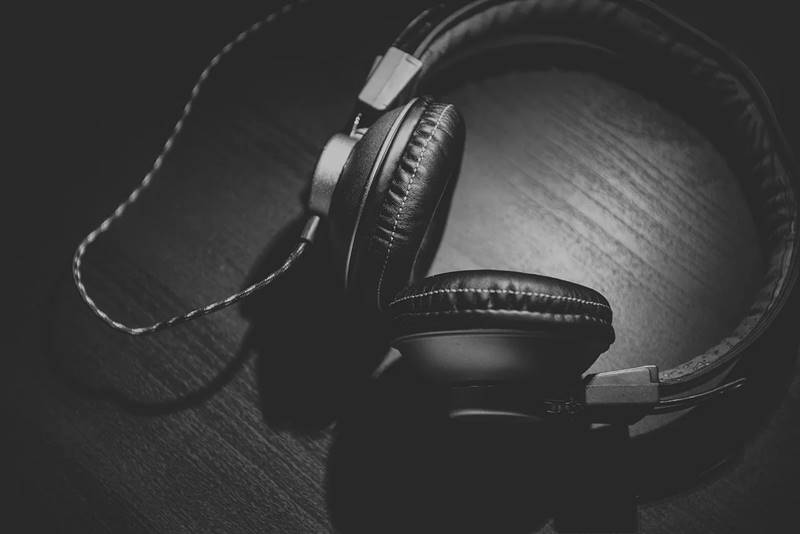It goes on without saying that streaming is not a great option when you are on limited data, or if your plan has a data cap on it. A typical album, which lasts from 30 minutes to more than an hour, will eat up at least 120MB. A podcast, on the other hand, clocks in lower, at 1MB per minute.
Depending on your music streaming service of choice, these numbers will differ. Spotify and YouTube Music gobbles up your data depending on the quality of the music you’re streaming. For example, when you play a song on Spotify at normal quality, the app needs at least 96kbps of data. If the song is high quality, it’s 160kbps. The same goes for YouTube Music, 240p yields the lowest download speeds, while 1080p will set you back at least 1GB an hour.
Apple Music, on the other hand, streams its songs at a steady 256kbps. That’s at least 5.6MB per song. This is exactly why you need to download your albums, playlists, or individual songs in order to get the most out of your listening experience. Streaming is fine when you’re at home connected on your Wi-Fi, but otherwise, you’ll need to get those songs downloaded in your device.

Contents
Spotify
Arguably the world’s most popular music streaming app, Spotify boasts of 100 million users paying for premium, with 217 million active users. Suffice it to say that Spotify isn’t going away soon. Free users are allowed to stream music on demand, but they can’t access the offline listening feature.
If you have an account, whether family or individual, this article shows you how to download music from the app. The most straightforward is to go to Home, access your Playlists, Songs, Albums, etc. Then find the song, album, or playlist you want to download. Once done, press the green arrow-down button.
Another way to do this is to go to the Search feature, type in the song you want to find, then add it to your library, and download. Note that you can’t download albums as well as podcasts when you’re using Spotify on the web. But you can save your playlists. Word of advice, it’s better if you have the dedicated Spotify apps in your device, whether on a smartphone or laptop.
Apple Music
Apple Music has another way of storing music downloads. There are two options here: the first, store them in the Cloud, the other directly to your device. When you want to download a song, you first need to add it to your library. Once you do this, you’ll find that the Add or + button will turn into a Cloud with an arrow-down icon. This means that the song has been added to your iCloud Music Library.
Now you have the song everywhere – on your laptop, other Apple devices, even Android phones with an Apple Music app in it – but you still don’t have the song per se, on your device. It’s stored in the cloud. Like, a cookie, if you will. You’d need to press that cloud with the arrow-down button to download it directly to your device. The former icon should turn into a loading circle with a stop button on the center. Track your download’s progress through that circle.
YouTube Music
YouTube Music is fairly new to the game, but because of the millions of subscribers that YouTube has, the app for both iOS and Android have since gained a decent following. With YouTube Music, you can browse and download songs as well as music videos by genre and the app’s excellent recommendation algorithm.
Remember the time when there wasn’t Spotify and Apple Music yet? We all went to YouTube to listen to music. You can’t download the videos then from the site itself, but there are workarounds that you can do back then that still apply now. With YouTube Music, you can just download directly to the app with the Download button. Plus, you can download another song in a queue by swiping left.
Takeaway
Downloading music on your devices can eat up a portion of your storage. If you have less than 64GB on your smartphone, you’ll soon find that it won’t hold as many playlists as you want. An average user will have at least 3-14GB of music on their phones. That’s a sizable chunk of storage considering the plethora of other things that you need to store, like photos, videos, apps, and files.













